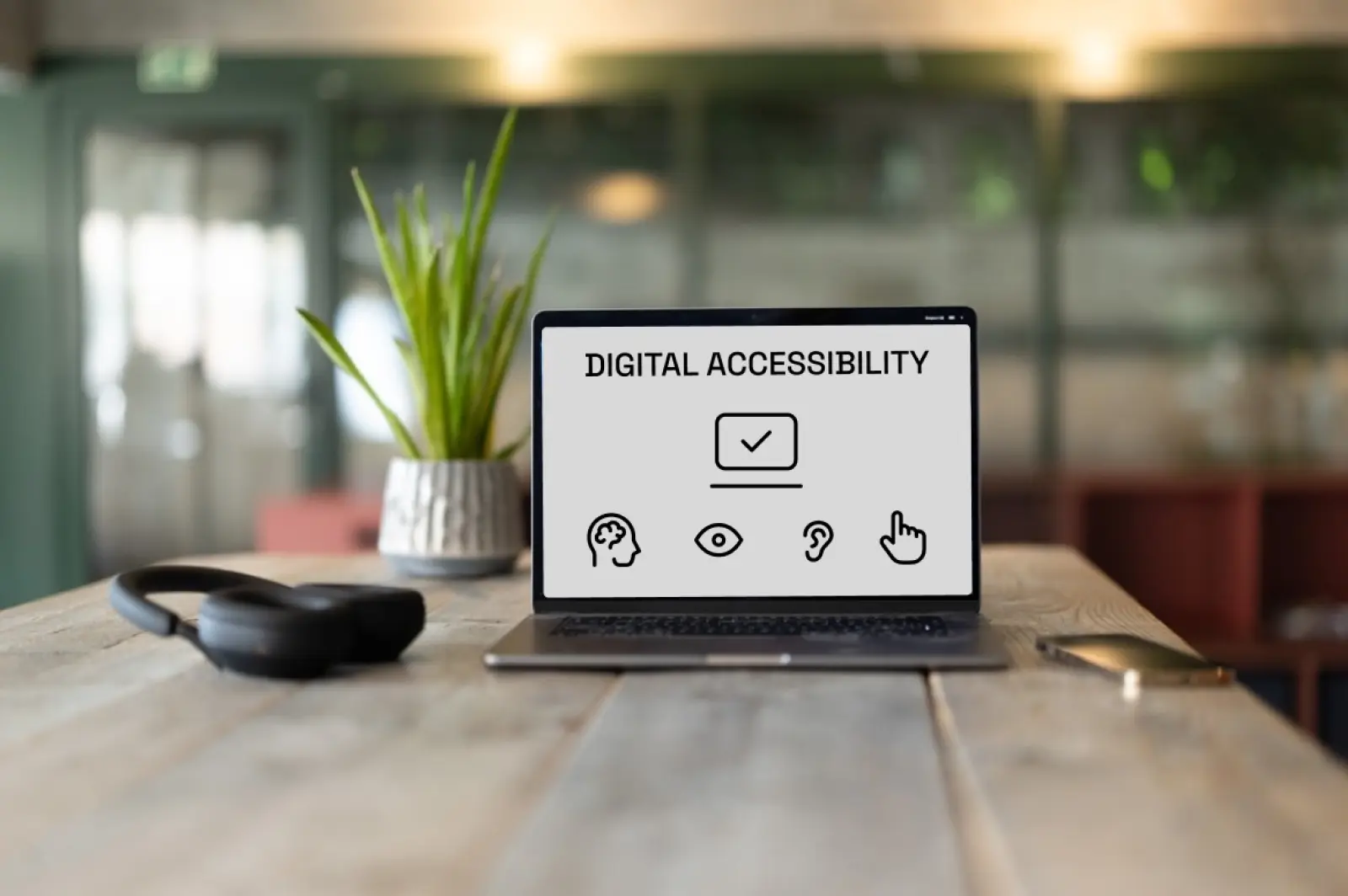The business case for digital accessibility: beyond compliance
Digital accessibility isn’t just about compliance (like EAA); it’s a chance to innovate, grow your audience, and boost your brand. Inclusive design enhances UX, improves SEO, and drives growth while making digital spaces accessible to all.

Accessibility expands your market
The European Union is home to over 80 million people with disabilities. Globally, that number climbs to over 1 billion. Making your digital products accessible means reaching a larger audience, including individuals who rely on assistive technologies such as screen readers, keyboard navigation, or voice commands. By excluding accessibility, you’re effectively closing the door to a significant segment of potential customers.
But it’s not just individuals with disabilities who benefit from accessible design. Features like responsive layouts, captions for videos, and high-contrast text also improve the user experience for older adults, people with temporary impairments, or anyone accessing content in challenging environments (like bright sunlight or noisy settings).
Accessibility boosts your bottom line
Accessible websites aren’t just inclusive — they’re effective. Here’s how:
Improved SEO: Many accessibility practices, such as using semantic HTML and providing descriptive alt text, align closely with search engine optimization (SEO) best practices. This can improve your site’s visibility in search results, driving more traffic.
Reduced bounce rates: An accessible site ensures users can navigate and interact with your content seamlessly, leading to higher engagement and lower bounce rates.
Increased conversions: When users of all abilities can easily interact with your site, they’re more likely to complete desired actions, whether it’s making a purchase, signing up for a service, or subscribing to a newsletter.
Accessibility drives Innovation
Designing for accessibility often sparks creative problem-solving. For example, ensuring keyboard navigation or implementing voice-command features has led to innovations that benefit all users. Accessibility challenges can push teams to think outside the box, resulting in more intuitive and user-friendly products.
Building a better brand
In an era where consumers are increasingly drawn to socially responsible brands, accessibility can enhance your reputation. Demonstrating a commitment to inclusivity and equality isn’t just good ethics; it’s good business. By prioritizing accessibility, you show that your organization values diversity and is committed to making a difference.
Taking action
As the 2025 EAA deadline approaches, now is the time to invest in accessibility. Start by auditing your digital products against standards like the Web Content Accessibility Guidelines (WCAG 2.2) or the European standard EN 301 549. From there, work with designers and developers to implement changes that make your products more inclusive.
Remember, accessibility isn’t a one-time project; it’s an ongoing commitment. But the rewards — from reaching a broader audience to boosting your brand — are well worth the effort.
Web accessibility is no longer optional. It’s a business imperative that drives growth, fosters innovation, and makes the digital world a better place for everyone.
Curious about the accessibility of your website?
We offer a free audit to help you identify areas of improvement.
Gain valuable insights into how your digital presence can become more inclusive and user-friendly.
Digital accessibility benefits everyone — let’s start the journey together.
-800.jpg)
-800.jpg)
